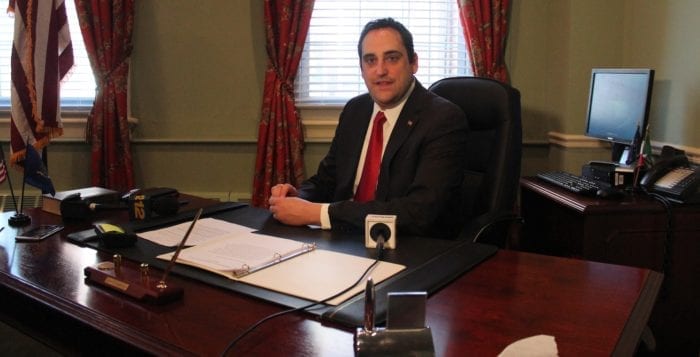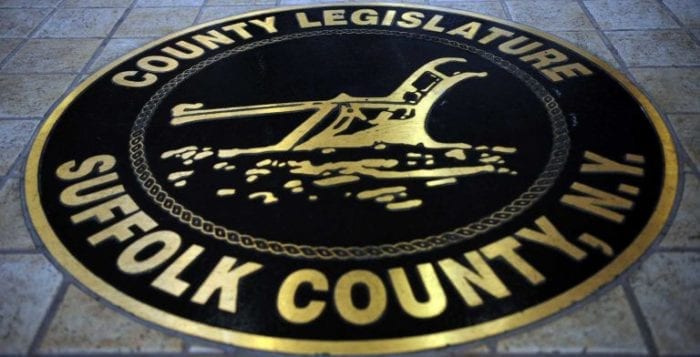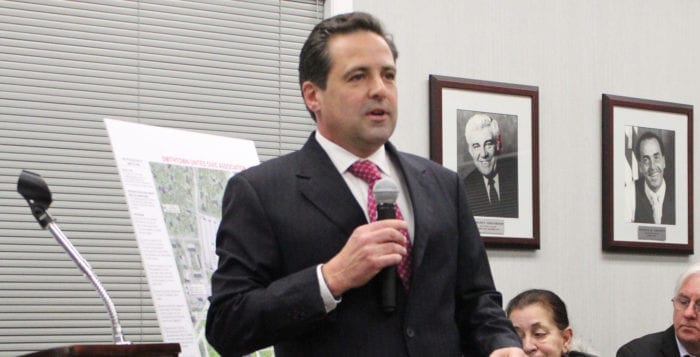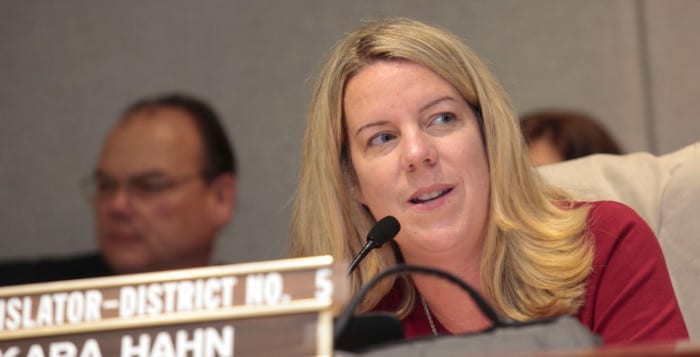A date has been set for a special election to fill the state Assembly seat formerly held by Huntington Supervisor Chad Lupinacci (R).
New York State Gov. Andrew Cuomo (D) announced Feb. 5 that special elections would be held April 24 for the two Senate and nine state Assembly seats left vacant
after November’s general elections. Cuomo’s announcement came after weeks of speculation whether the governor would hold the special elections before or after the state budget deadline of March 31.
“The one good thing is they are not going to leave the seat unfilled until November,” Lupinacci said. “I’m glad it won’t be left unfilled as I think it’s important to get someone in there to represent the 10th Assembly District.”
Over the next week, the major political parties will hold candidate screenings and nominating conventions, according to Nick LaLota, Republican commissioner for Suffolk County Board of Elections. There are no primaries, and the candidates are directly chosen by the party’s political leaders. The selected candidate must be certified with the board of elections by Feb. 15.
Independent candidates may petition to get their name on the ballot. LaLota said “the signature amount is high, and the reward is low.”
Suffolk County Republican Committee Chair John Jay LaValle will be holding the party’s convention Feb. 12, according to Lupinacci, and he will be part of the process.
“We are looking at several candidates, and I will be there most likely at the screening,” he said. “If the party leaders seek my input, I will most certainly be very vocal.”
The former state Assemblyman said he’d like to see a candidate who demonstrates an understanding of the issues important to his district, is responsive to constituents’ concerns and is willing to work across the aisle. The Republican Party is in the minority in the state Assembly, and that balance cannot be tipped by the nine seats up for grabs.
While the 10th Assembly District has long been held by Republicans, the Democrats have a number of potential candidates as well.
“We have a couple of people who have expressed interest, as far as I know, but we have not screened anyone yet,” said Mary Collins, chairwoman of the Huntington Town Democratic Committee.
The next representative for the 10th district will serve approximately 130,000 residents, according to the 2010 census data, and includes all or parts of Cold Spring Harbor, East Northport, Greenlawn, Lloyd Harbor, Lloyd Neck, Melville, Huntington and Huntington Station.







 The operating budget generally receives most of the attention because it has the largest impact on our day-to-day lives and the services citizens receive. The operating budget process begins in the spring when the county executive tells the county departments and agencies what he expects the county financial situation will be in the next fiscal year and requests each department/agency head to submit a budget request for the coming fiscal year based on those expectations.
The operating budget generally receives most of the attention because it has the largest impact on our day-to-day lives and the services citizens receive. The operating budget process begins in the spring when the county executive tells the county departments and agencies what he expects the county financial situation will be in the next fiscal year and requests each department/agency head to submit a budget request for the coming fiscal year based on those expectations. 







